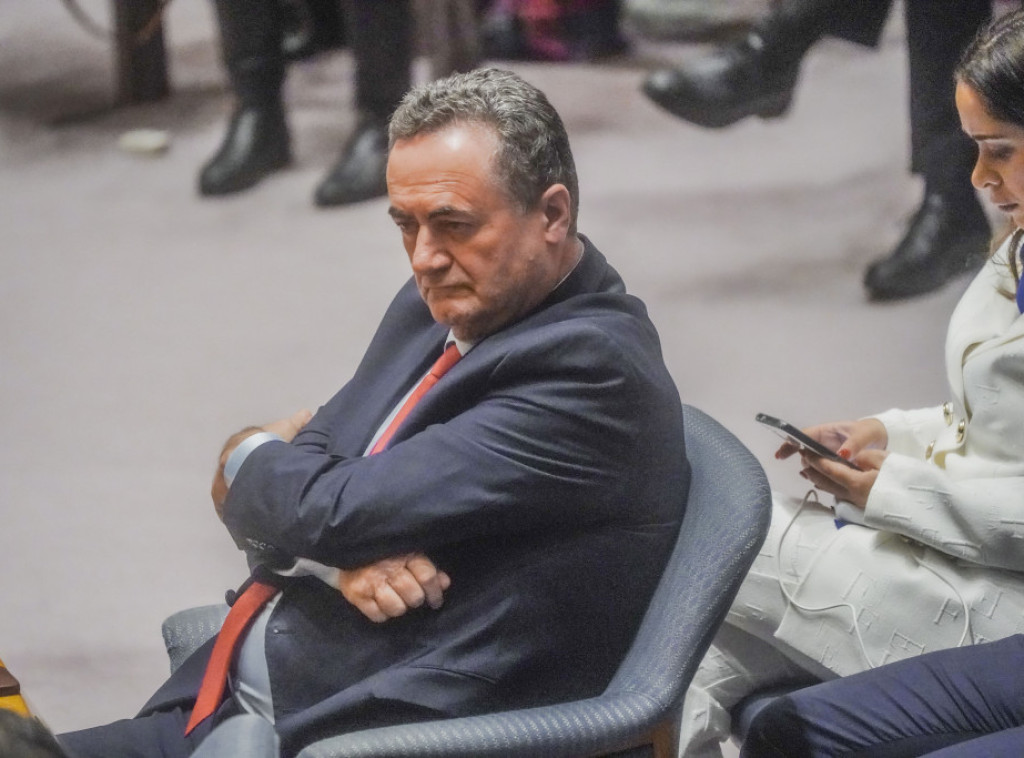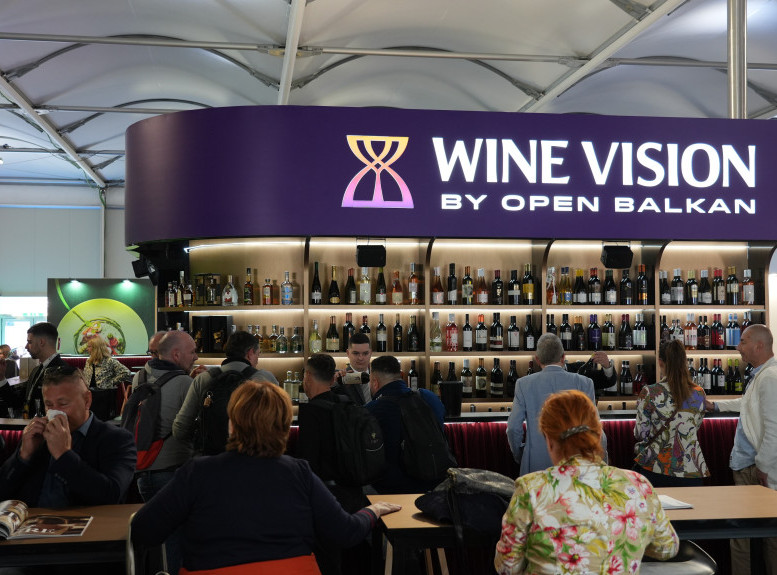U.S. President Donald Trump arrived in Canada for the Group of Seven (G7) summit, marking his first international summit since returning to the White House. The summit is held in Kananaskis, Alberta, where Trump will meet with Canadian Prime Minister Mark Carney, Ukrainian President Volodymyr Zelensky, and Mexican President Claudia Sheinbaum. Key topics include trade tensions, particularly Trump’s tariffs that have caused friction with Canada, as well as conflicts in the Middle East and the war in Ukraine. European leaders call for increased sanctions on Russia and diplomatic solutions to conflicts. Trump’s policies have elicited varied reactions, and bilateral meetings focus on trade negotiations and international cooperation.
Political Perspectives:
Left: Left-leaning outlets emphasize the tensions caused by Trump’s aggressive trade policies, particularly the tariffs imposed on Canada, and criticize his approach as disruptive to international cooperation. They highlight the importance of diplomatic efforts and multilateralism, focusing on the calls for increased sanctions on Russia and peaceful resolutions to conflicts.
Center: Center-leaning sources report on the factual aspects of Trump’s arrival and the G7 summit, noting the key topics such as trade negotiations, the Middle East conflict, and the Ukraine war. They present balanced views on the challenges and opportunities for cooperation among G7 members and the role of bilateral meetings in addressing specific issues.
Right: Right-leaning media tend to focus on Trump’s leadership and assertiveness in protecting American interests, including his tough stance on trade and tariffs. They often portray the summit as an opportunity for the U.S. to strengthen its position globally and emphasize the importance of national sovereignty and security, while supporting Trump’s policies and negotiations.
































































